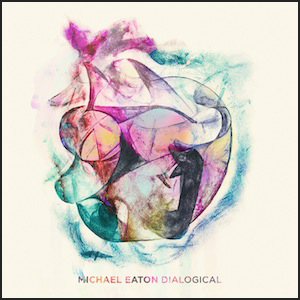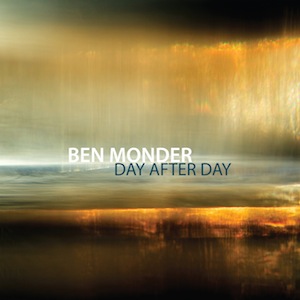Label: TUM Records, 2019
Personnel - Oliver Lake: alto saxophone; Graham Haynes: trumpet; Joe Fonda: bass; Barry Altschul: drums.
OGJB is an initialism formed with the first letter of the first name of four superb avant-gardists, namely, saxophonist Oliver Lake, trumpeter Graham Haynes, bassist Joe Fonda, and drummer Barry Altschul. For their first collective outing, Bamako, they all contribute compositions, work dynamics with diligence, and push their personal views into ecstatic realms where nothing feels too soft or too labored.
The album opens with Joe Fonda’s “Listen To Dr. Cornel West”, a 15-minute excursion that goes through many different phases. The early unison lines occur relaxedly but not without some turbulence in the foundation. They eventually split up to establish an unorthodox horn-driven conversation, proving these musicians as intuitive counterpoint players but also independent navigators. Fonda generates a frantic, super-fluid pizzicato and malleable slides before diving into a “Bolivia”-like groove. At a subsequent time, the piece gains the rhythmic contours of a march, although excluding the military pomp of the snare drum. Instead, Altschul prompts some rebellious reactions as responses to Haynes’ playful modes. The Nu Band first recorded this tune, written for the philosopher and political activist mentioned in its title, in 2015.
“GS#2” is another fabulous piece by the bassist, who wrote it for drummer George Schuller. The odd-metered groove is fantastic and the tune is particularly riveting in its bluesy imaging, having Lake unleashing a wry and provocative zigzagging that spreads outward with variable intonations and speeds. The name Altschul is a synonym of percussive charm and he shows it, right before the two horns reemerge on the scene for the final theme statement.
If Lake’s “Is It Alright?” makes a good company to Altschul’s “Be Out S’cool” as typically avant-jazz numbers where you can expect fragmented and accented lines, flexible yet robust rhythmic flows, and inventive improvisations filled with interval leaping, then “Just A Simple Song”, another piece by the drummer, is something else. It’s a simple and beautiful 3-minute hymn that redirects our energy through a composite of bowed and pizzicato bass, understated brushwork, and the ever-present three-note melody at its core.
On Lake’s recently penned piece, “3 Phrase 09”, Altschul jumps to the forefront with delicious cymbal work and lively drumsticks on toms, stressing the contrast with the untroubled melodies of Lake and Haynes. The former still prompts some choppy staccato insertions and adorns them with timbral quality, while the latter remains cool and assertive in his direction.
Disparate from all the rest is the title cut, a fervently percussive ode to Africa where Haynes, its author, plays dousn’ gouni and Altschul mbira, while in turn, Lake recites his poem Broken In Parts. The album ends with two completely improvised numbers, “OGJB#2” and “OGJB#1”, where the band explores new possibilities under close communication.
The OGJB Quartet is composed of savvy musicians in the business with many miles of avant-garde jazz in different formats and contexts. Their Bamako boasts an excellent and varied repertoire that exalts the genre.
Grade B+
Favorite Tracks:
01 - Listen To Dr. Cornel West ► 05 - GS#2 ► 06 - Just A Simple Song








































